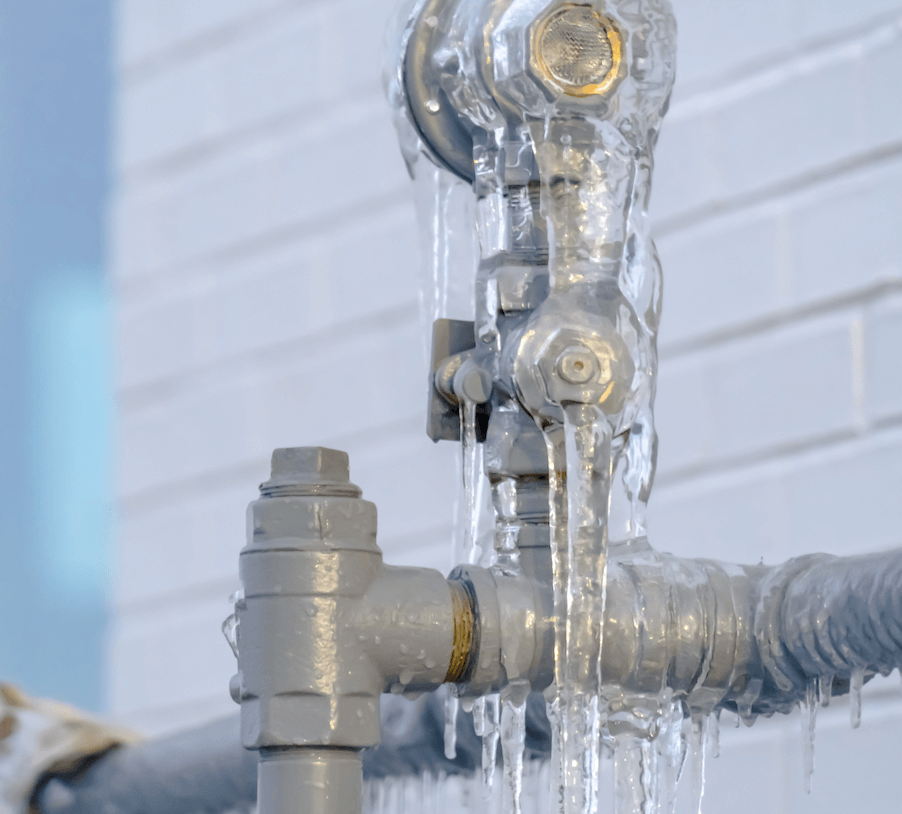Crucial Tips for Preventing Frozen Pipes in Winter Seasons
Crucial Tips for Preventing Frozen Pipes in Winter Seasons
Blog Article
They are making a number of great observations about Prevent Frozen Pipes as a whole in the content underneath.

Winter can ruin your pipes, especially by freezing pipelines. Right here's exactly how to avoid it from happening and what to do if it does.
Introduction
As temperatures decline, the risk of frozen pipes boosts, possibly leading to pricey fixings and water damages. Comprehending exactly how to prevent frozen pipelines is crucial for home owners in chilly climates.
Avoidance Tips
Protecting prone pipelines
Wrap pipelines in insulation sleeves or make use of heat tape to secure them from freezing temperatures. Focus on pipes in unheated or outside areas of the home.
Heating methods
Keep interior spaces sufficiently heated up, especially areas with pipes. Open up cupboard doors to allow warm air to flow around pipes under sinks.
Just how to determine frozen pipes
Try to find decreased water flow from taps, uncommon odors or sounds from pipes, and visible frost on subjected pipelines.
Long-Term Solutions
Architectural modifications
Take into consideration rerouting pipes far from exterior walls or unheated locations. Add extra insulation to attic rooms, basements, and crawl spaces.
Updating insulation
Purchase high-grade insulation for pipes, attics, and walls. Appropriate insulation helps maintain regular temperature levels and reduces the danger of icy pipes.
Protecting Outdoor Pipes
Yard pipes and outside faucets
Detach and drain garden pipes prior to wintertime. Set up frost-proof faucets or cover exterior taps with protected caps.
Recognizing Icy Pipes
What creates pipes to ice up?
Pipes ice up when exposed to temperatures listed below 32 ° F (0 ° C) for extended periods. As water inside the pipelines freezes, it broadens, putting pressure on the pipe wall surfaces and possibly creating them to burst.
Risks and problems
Frozen pipes can bring about supply of water disruptions, property damage, and pricey repairs. Burst pipelines can flood homes and create substantial architectural damage.
Signs of Frozen Piping
Identifying icy pipes early can prevent them from rupturing.
What to Do If Your Pipelines Freeze
Immediate actions to take
If you suspect icy pipelines, maintain taps open up to soothe stress as the ice thaws. Use a hairdryer or towels soaked in warm water to thaw pipes gradually.
Verdict
Protecting against frozen pipelines requires aggressive steps and quick feedbacks. By comprehending the causes, indications, and safety nets, house owners can protect their plumbing throughout winter.
5 Ways to Prevent Frozen Pipes
Drain Outdoor Faucets and Disconnect Hoses
First, close the shut-off valve that controls the flow of water in the pipe to your outdoor faucet. Then, head outside to disconnect and drain your hose and open the outdoor faucet to allow the water to completely drain out of the line. Turn off the faucet when done. Finally, head back to the shut-off valve and drain the remaining water inside the pipe into a bucket or container. Additionally, if you have a home irrigation system, you should consider hiring an expert to clear the system of water each year.
Insulate Pipes
One of the best and most cost-effective methods for preventing frozen water pipes is to wrap your pipes with insulation. This is especially important for areas in your home that aren’t exposed to heat, such as an attic. We suggest using foam sleeves, which can typically be found at your local hardware store.
Keep Heat Running at 65
Your pipes are located inside your walls, and the temperature there is much colder than the rest of the house. To prevent your pipes from freezing, The Insurance Information Institute suggests that you keep your home heated to at least 65 degrees, even when traveling. You may want to invest in smart devices that can keep an eye on the temperature in your home while you’re away.
Leave Water Dripping
Moving water — even a small trickle — can prevent ice from forming inside your pipes. When freezing temps are imminent, start a drip of water from all faucets that serve exposed pipes. Leaving a few faucets running will also help relieve pressure inside the pipes and help prevent a rupture if the water inside freezes.
Open Cupboard Doors
Warm your kitchen and bathroom pipes by opening cupboards and vanities. You should also leave your interior doors ajar to help warm air circulate evenly throughout your home.

We were shown that report on How to prepare your home plumbing for winter weather through a buddy on a different web blog. Enjoyed our entry? Please quickly share it. Let another person check it out. I enjoy reading our article about How to Prevent Your Pipes From Freezing.
Call Today Report this page